Service hotline
+86 0755-23615795
Release date:2025-08-06Author source:KinghelmViews:169
Bluetooth SMD (Surface Mount Device) antennas are widely used across consumer electronics, industrial IoT, medical devices, and more—thanks to their compact size (as small as 3mm × 5mm), high integration (directly soldered to the PCB), and low cost (bulk price < ¥3).
However, different application environments impose diverse requirements for size, gain, and interference resistance. Choosing the wrong antenna can reduce communication range by over 50% or even lead to complete signal loss.
This article outlines six key application scenarios, recommended antenna types, and deployment tips to help you achieve both stable connectivity and cost efficiency.
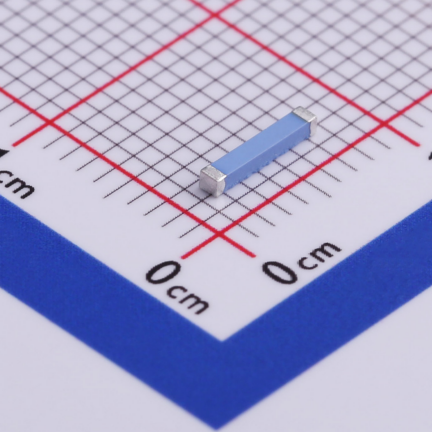
I. Consumer Electronics: Focus on Miniaturization & Low Power
Consumer electronics represent over 70% of all Bluetooth SMD antenna usage, with the main goal being "compact size + adequate signal". Key devices include smartwatches, Bluetooth earbuds, and speakers.
Scenario: Devices are under 10mm thick, with antenna space limited to ~5mm × 10mm. Curved surfaces and proximity to the human body (wrist) attenuate 2.4GHz signals by 15–20dB.
Recommended Antenna:
Material: FPC flexible patch antennas (e.g., LCP-based), bend radius ≥1mm, conform to curved enclosures.
Gain: 0–1dBi (omnidirectional for stable signal during wrist movement).
Structure: Inverted-F (PIFA) design, ~30% better resistance to body absorption than basic patch types.
Deployment Tips: Keep antennas ≥2mm from metal cases; place near the watch bezel to avoid battery/display interference.
Scenario: Earbud chambers include magnets (from speakers), microphones, and require low-latency bi-directional communication (<50ms).
Recommended Antenna:
Material: Ceramic patch (εr = 20–30), ≤4mm × 6mm, embedded in stem.
Impedance: 50Ω ±3Ω (to minimize signal reflection).
Shielding: Metal shielded design, only exposing radiating surface, reduces magnetic interference (signal fluctuation drops from ±8dB to ±3dB).
Deployment Tips: Radiating face should point outward (away from ear canal); keep feed line ≤10mm.
II. Industrial IoT: Designed for Harsh Environments
Industrial Bluetooth applications demand higher tolerance to heat, vibration, and EMI. Typical use cases include smart sensors, industrial gateways, and warehouse tracking tags.
Scenario: Installed on motors or production lines, operating at -40 to 85°C, subject to constant vibration (10–50Hz), and surrounded by metal causing signal reflection.
Recommended Antenna:
Material: FR4-based patch (heat resistant >120°C, better vibration tolerance than ceramic).
Gain: 2–3dBi (directional to focus toward gateway).
Structure: Monopole with reinforced solder pads for anti-vibration.
Deployment Tips: Mount ≥10mm from metal using standoffs; ground plane area ≥5× antenna area.
Scenario: Tags affixed to goods (often metal-packed), need 10m range with 1+ year battery life (BLE protocol at 0dBm TX power).
Recommended Antenna:
Material: Ultra-thin FR4 (0.8mm thick), compatible with cartons or metal cans.
Bandwidth: ≥100MHz (to cover 2.4–2.5GHz, accounting for detuning).
Special Features: Magnetic backing + integrated impedance matching for metal surfaces (VSWR ≤1.5).
Deployment Tips: Mount on top of goods, away from stacked metallic items, with radiating direction perpendicular to the floor (aligned with gateway).
III. Medical Devices: Precision & Safety-Critical Use
Medical Bluetooth antennas must be biocompatible (non-toxic), EMI-safe, and extremely stable to avoid data errors. Applications include heart rate monitors, infusion pumps, and medical wristbands.
Scenario: Devices are worn on the skin, must meet ISO 10993 for biocompatibility (FDA approved), and cannot tolerate packet loss (error <1 BPM).
Recommended Antenna:
Material: Medical-grade FR4 with nickel plating (corrosion-resistant), 0dBi gain (for low SAR <0.5W/kg).
Structure: Symmetrical radiation pattern ensures signal variance ≤3dB at all angles.
Certifications: CE + EMC Class B (medical-grade EMI compliance).
Deployment Tips: Place antenna away from biosignal electrodes; connect ground plane to outer shell to reduce EMI leakage.
Scenario: Internal fluid tubes absorb 2.4GHz signals. Device must maintain stable link with nurse station (<1s alarm delay).
Recommended Antenna:
Material: Waterproof ceramic patch (IP67), prevents drug leakage-induced shorts.
Mounting: External top-mounted patch, away from fluid lines; gain 1–2dBi.
Filtering: Narrowband filter (2.402–2.480GHz) to reject hospital EMI.
IV. Smart Home: Seamless Mesh Connectivity
Bluetooth antennas in smart homes must support mesh networking (range: 10–15m) for multi-node control (door locks, lights, curtains). Key applications: smart locks, Bluetooth gateways, environmental sensors.
Scenario: Installed on metal doors (blocks 90%+ of EM waves); must communicate through wood/glass doors (5–10cm thick).
Recommended Antenna:
Material: High-gain FR4 patch (2–3dBi), size 10mm × 15mm.
Placement: Mounted inside non-metal section, connected to main board via 30cm 50Ω coaxial feed line.
Direction: Radiating face should point outward (perpendicular to door).
Performance: After 5cm wooden door, RSSI ≥-75dBm at 10m for stable app control.
Scenario: Connects 10–20 smart nodes across 50–100m². Wall attenuation 8–12dB per wall.
Recommended Antenna:
Material: Dual-polarized patch (horizontal + vertical) for reduced signal fading.
Gain: 3dBi omnidirectional, 360° horizontal coverage with ≤2dB variance.
Bandwidth: ≥100MHz (supports Bluetooth 5.0 2M PHY, doubling throughput).
Deployment Tips: Install at 1.5m height, away from metallic furniture; ground plane ≥50mm × 50mm.
V. Automotive Electronics: Reliability & Compliance First
In-vehicle Bluetooth devices must meet automotive-grade standards (e.g., ISO 16750), tolerate -40 to 85°C, heavy vibration (10–2000Hz), and EMI (from engines, radars). Typical use: Bluetooth modules, TPMS sensors.
Scenario: Installed in dashboards near radios, GPS, reversing radar—strong EMI environment (up to -50dBm interference).
Recommended Antenna:
Material: Automotive-grade FR4 (AEC-Q200 qualified), operating -40 to 105°C.
Shielding: With metal cavity shielding for EMI suppression; VSWR ≤1.5 across temperature range.
Connection: IPEX + 10cm coax cable for flexible dashboard integration.
Scenario: Inside tires (≤2cm × 2cm space), exposed to 3–5 bar pressure, centrifugal forces at 120km/h; battery life ≥5 years.
Recommended Antenna:
Material: Ultra-miniature ceramic patch (3mm × 5mm), <0.5g.
Power: 0dBi gain is sufficient; low current Bluetooth chip (<10mA TX).
Mounting: Direct PCB mount with radiation facing outward (minimizes metal hub shielding).
VI. Three Key Principles for Antenna Selection & Deployment
Size vs. Performance Trade-off:
Always match device space constraints first (e.g., ≤5mm × 10mm for smartwatches), then optimize design (e.g., inverted-F structure) instead of blindly chasing gain. Every +1dBi often increases antenna size by 30%.
Environmental Adaptation First:
Metal-heavy environments (e.g., industrial, automotive): use shielded or PIFA designs.
Humid areas (e.g., bathrooms): waterproof-coated antennas.
High heat zones (>85°C): avoid ceramic; choose FR4 or LCP-based antennas.
Validation Testing Is Essential:
Before mass production, conduct live tests using a Bluetooth signal tester (e.g., nRF52840 dev board). Target: RSSI ≥-75dBm at 10m, packet loss <0.1% over 24 hours.
Conclusion: Match Scenario, Master the Details
The key to effective Bluetooth SMD antenna deployment is scenario-based selection:
Consumer electronics demand compact size and low power.
Industrial environments prioritize interference resistance and reliability.
Medical applications focus on biocompatibility and low radiation.
Always align antenna size, interference factors, and range requirements. Pay close attention to installation placement (avoid metal, liquids, EMI sources) and ensure strict 50Ω impedance matching with the Bluetooth module.
For custom antenna design (e.g., for new wearables or sensors), share your device's 3D mechanical drawings and operating environment to receive tailored recommendations on size, material, and mounting solutions.
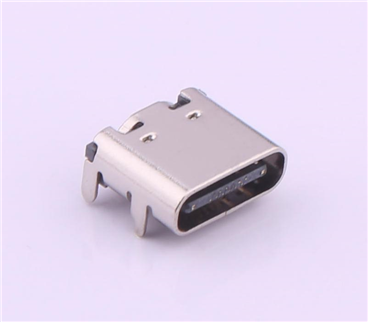
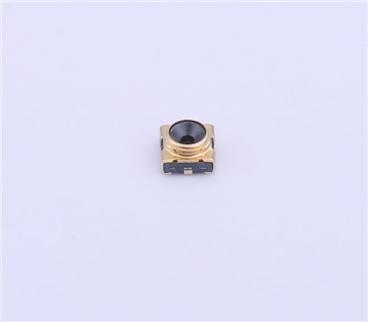
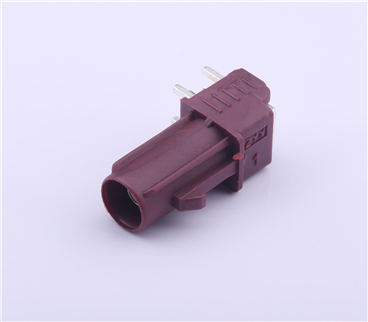
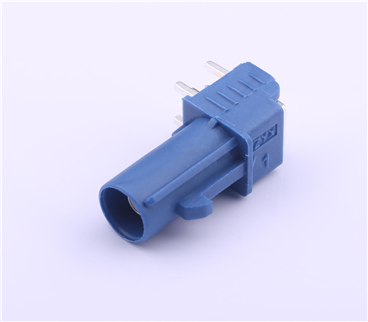
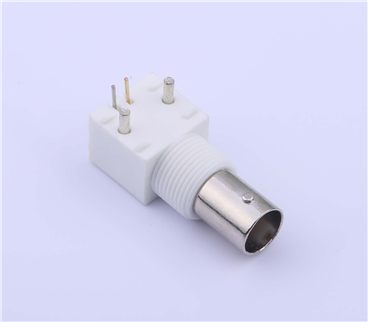
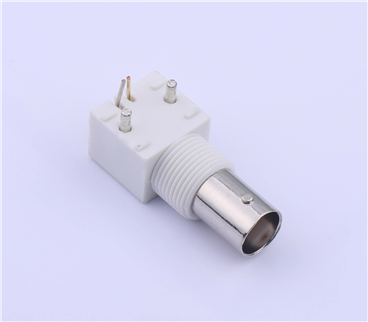
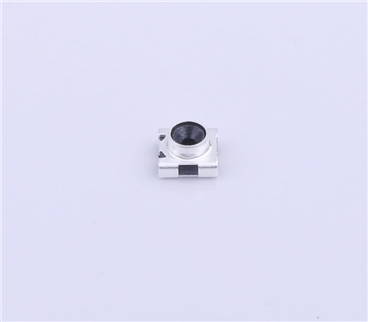
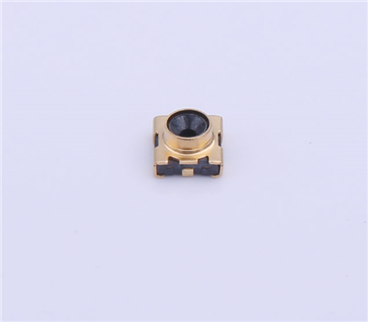
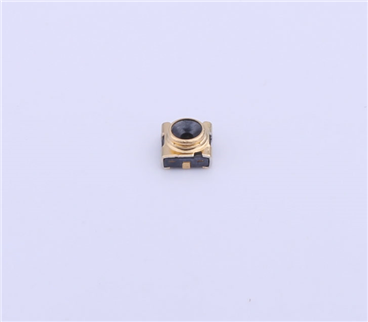
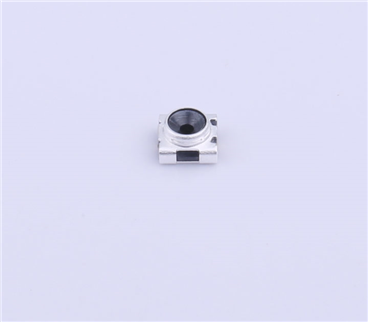
Copyright © Shenzhen Kinghelm Electronics Co., Ltd. all rights reservedYue ICP Bei No. 17113853